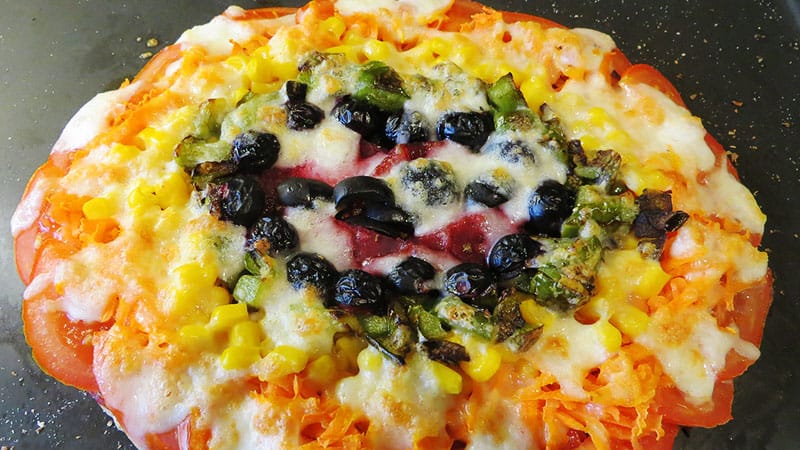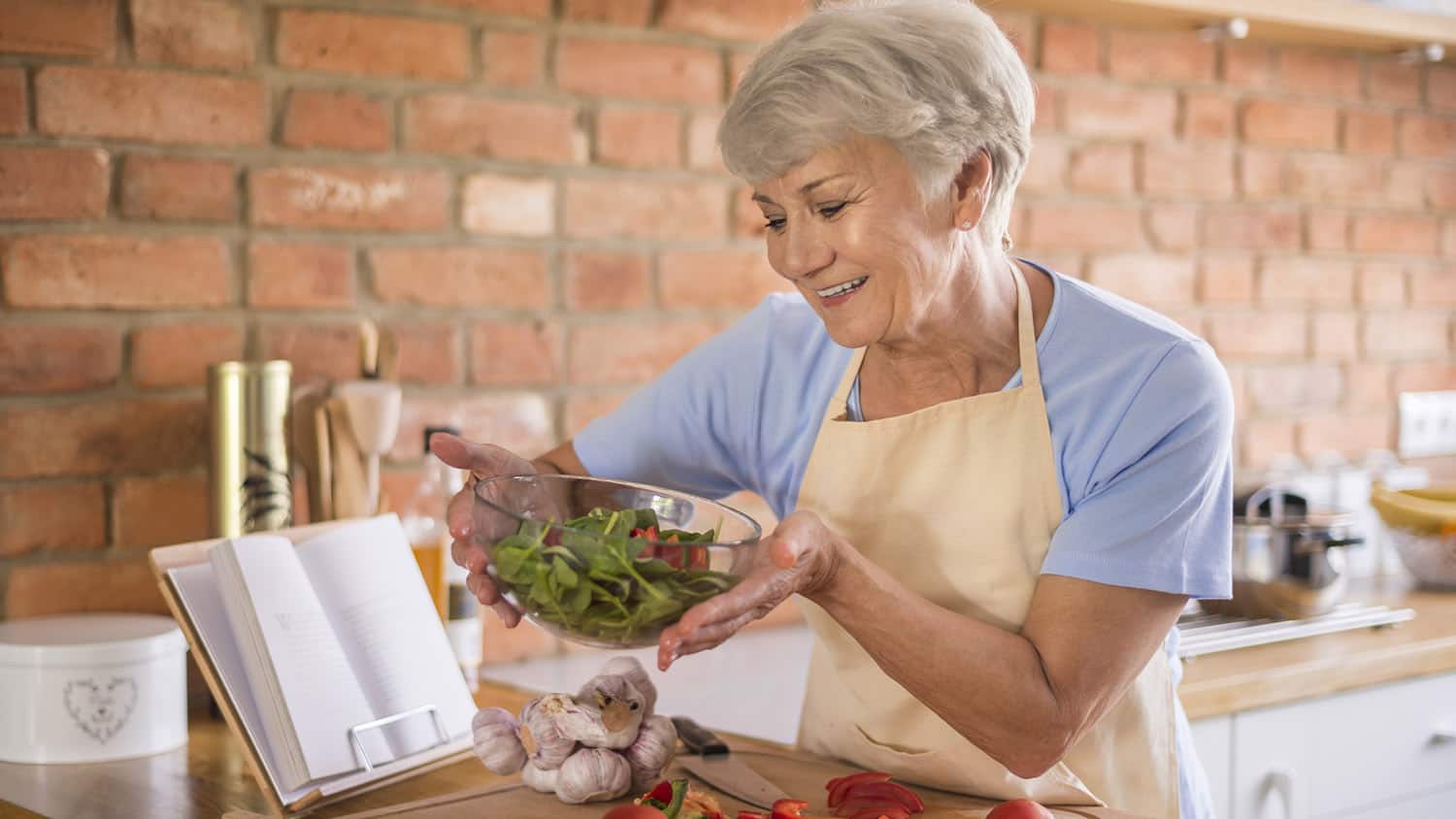
How to Eat All the Colours of the Rainbow with Your Grandchildren
Eating a rainbow sounds as magical as riding a unicorn, finding Atlantis or singing with a mermaid, all activities which I’d adore. However, there is one big difference. You can actually eat a food rainbow – a satisfying, fun experience for both you and your grandchildren.
More importantly you can give them some building blocks towards a healthy future. Grandmas through the ages have found the time to share their love and wisdom with a future generation.
Today, this is especially needed in the area of food and health. It is well known that there are many health issues linked to poor diet. These include heart disease, diabetes, some cancers, osteoporosis, and more.
Setting Healthy Habits in Childhood
We have a great opportunity to set a good example by encouraging the next generation to look after their bodies with healthy foods and regular exercise. If we don’t already do it then it is never too late to start.
Hippocrates famously said, “Let food be your medicine and medicine be your food.” Of course eating well will not cure all ills or stop us becoming unwell. What it can do is strengthen our bodies, making them more resistant to disease.
The “Five a Day” message has become part of everyday language in the UK. We are all aware of the vitamins and minerals we get from fruit and vegetables, and that all important fibre. They are also rich in antioxidants that help mop up the harmful chemicals surrounding us in the atmosphere.
Many face creams claim to prevent wrinkles because they contain plant extracts. Perhaps eating the right vegetables and fruits is a better option.
The Rainbow Colours of Phytonutrients
Just as essential, and possibly more, are the phytonutrients, which are natural chemicals that give plants their colour. Each phytonutrient has its own health giving property.
Here are some examples. It is by no means an exhaustive list and obviously there are overlaps and other benefits I haven’t listed here. But hopefully this is enough to give children a good grasp of the importance of eating a range of different coloured fruit and vegetables.
Red: tomatoes, watermelon for heart health
Orange: carrots, apricots for eyesight
Yellow: lemons, yellow peppers for eye health
Green: broccoli, kiwi fruit for lung health
Blue/indigo/violet: aubergine (eggplant), blueberries for the immune system
Most children will know from a very early age how a rainbow is formed from sunlight being split into the colours of the rainbow as it shines through raindrops.
We can explain how plants get their energy to grow from the sun and use the different colours to make a variety of chemicals. Fruit and vegetables store these chemicals in their skins and flesh, which this gives them their distinctive colours.
Activities to Encourage Children’s Love of Learning – and Cooking!
Children love cooking and eating their very own creations. We can tap into that love to foster an interest and wonder at the variety of colours and textures of everyday fruits and vegetables so they really can cook up a rainbow. I have included a couple more ideas you can use to engage and enthuse children as they learn.
In my book TG and the Rainbow Warriors I have used the term Phyto Power to describe the healing power we get from the colours in fruit and vegetables. There is also a little ditty I wrote that the Rainbow Warriors sing to TG:
Phyto Power
Phyto power, Phyto power
Put some on your plate
Phyto power, Phyto power
Makes you feel just great!
In my experience children really enjoy chanting the ditty as they chop up their fruit and veg.
Also, have you ever noticed how kids love to play with long words, the weirder the better? Most six- and seven-year-olds take great pride in learning as many dinosaur names as they can. As much as this is fun, it is also an important step in language development, building vocabulary plus fostering a love of reading.
We can utilise this knowledge and have fun with our grandchildren playing with the chemical names of phytonutrients – believe me they love it!
For example, lycopene is the red in tomatoes and carotenoids the orange in carrots. Bio-flavonoids make the yellow in grapefruit and apigein produces the green in avocados. Finally, anthocyanins create the purple in blackberries.
Another little fun activity is to challenge each other to eat a rainbow every day. We try to do just that in our house.
Rainbow Pizza
At the end of TG and the Rainbow Warriors, TG designs his own delicious Rainbow Pizza. You might like to try it with your grandkids. Check out the recipe here.

I hope I have inspired you to indulge in a magical food experience with your children or grandchildren.
Do you try to eat the rainbow in your home? Do you teach your grandchildren the importance of including foods of all colors in a day’s meals? What is your favorite fun recipe that you love to share? Please leave your comments below.
Tags Healthy Eating Recipes






